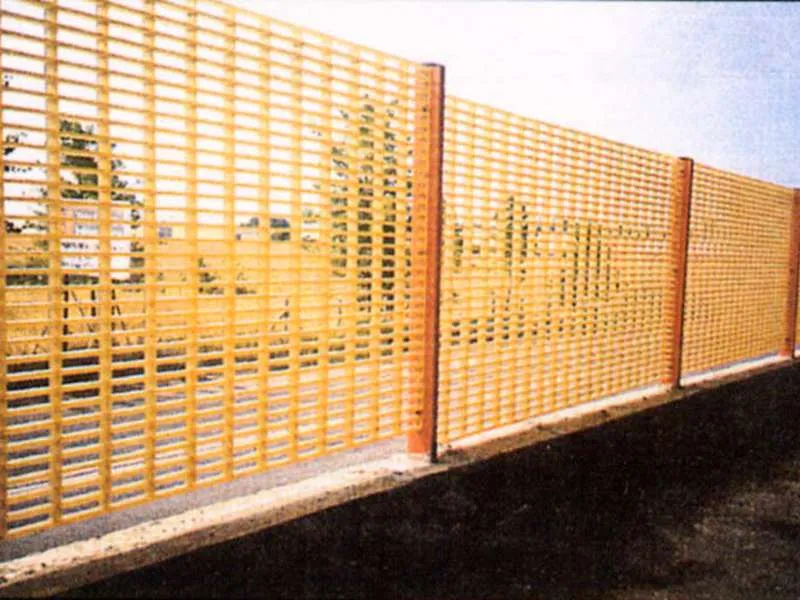
-
 Afrikaans
Afrikaans -
 Albanian
Albanian -
 Amharic
Amharic -
 Arabic
Arabic -
 Armenian
Armenian -
 Azerbaijani
Azerbaijani -
 Basque
Basque -
 Belarusian
Belarusian -
 Bengali
Bengali -
 Bosnian
Bosnian -
 Bulgarian
Bulgarian -
 Catalan
Catalan -
 Cebuano
Cebuano -
 China
China -
 China (Taiwan)
China (Taiwan) -
 Corsican
Corsican -
 Croatian
Croatian -
 Czech
Czech -
 Danish
Danish -
 Dutch
Dutch -
 English
English -
 Esperanto
Esperanto -
 Estonian
Estonian -
 Finnish
Finnish -
 French
French -
 Frisian
Frisian -
 Galician
Galician -
 Georgian
Georgian -
 German
German -
 Greek
Greek -
 Gujarati
Gujarati -
 Haitian Creole
Haitian Creole -
 hausa
hausa -
 hawaiian
hawaiian -
 Hebrew
Hebrew -
 Hindi
Hindi -
 Miao
Miao -
 Hungarian
Hungarian -
 Icelandic
Icelandic -
 igbo
igbo -
 Indonesian
Indonesian -
 irish
irish -
 Italian
Italian -
 Japanese
Japanese -
 Javanese
Javanese -
 Kannada
Kannada -
 kazakh
kazakh -
 Khmer
Khmer -
 Rwandese
Rwandese -
 Korean
Korean -
 Kurdish
Kurdish -
 Kyrgyz
Kyrgyz -
 Lao
Lao -
 Latin
Latin -
 Latvian
Latvian -
 Lithuanian
Lithuanian -
 Luxembourgish
Luxembourgish -
 Macedonian
Macedonian -
 Malgashi
Malgashi -
 Malay
Malay -
 Malayalam
Malayalam -
 Maltese
Maltese -
 Maori
Maori -
 Marathi
Marathi -
 Mongolian
Mongolian -
 Myanmar
Myanmar -
 Nepali
Nepali -
 Norwegian
Norwegian -
 Norwegian
Norwegian -
 Occitan
Occitan -
 Pashto
Pashto -
 Persian
Persian -
 Polish
Polish -
 Portuguese
Portuguese -
 Punjabi
Punjabi -
 Romanian
Romanian -
 Russian
Russian -
 Samoan
Samoan -
 Scottish Gaelic
Scottish Gaelic -
 Serbian
Serbian -
 Sesotho
Sesotho -
 Shona
Shona -
 Sindhi
Sindhi -
 Sinhala
Sinhala -
 Slovak
Slovak -
 Slovenian
Slovenian -
 Somali
Somali -
 Spanish
Spanish -
 Sundanese
Sundanese -
 Swahili
Swahili -
 Swedish
Swedish -
 Tagalog
Tagalog -
 Tajik
Tajik -
 Tamil
Tamil -
 Tatar
Tatar -
 Telugu
Telugu -
 Thai
Thai -
 Turkish
Turkish -
 Turkmen
Turkmen -
 Ukrainian
Ukrainian -
 Urdu
Urdu -
 Uighur
Uighur -
 Uzbek
Uzbek -
 Vietnamese
Vietnamese -
 Welsh
Welsh -
 Bantu
Bantu -
 Yiddish
Yiddish -
 Yoruba
Yoruba -
 Zulu
Zulu
Jan . 13, 2025 16:22
Back to list
Steps
Fiberglass grating, a high-performance alternative to traditional materials, offers a multitude of advantages for various applications in industrial, commercial, and even residential settings. Manufactured from reinforced resin and fibrous materials, fiberglass grating is celebrated for its exceptional strength, lightweight nature, and corrosion resistance. This innovative product is engineered to perform under the most demanding conditions and is rapidly gaining favor as industries seek durable, cost-effective solutions.
From an environmental perspective, fiberglass grating contributes positively due to its low maintenance requirements and extended lifespan. Unlike metallic grating that demands frequent painting or coating to prevent corrosion, fiberglass requires minimal upkeep. This reduction in maintenance leads to lesser chemical use over time, aligning with objectives to lower environmental footprints and promote sustainable practices. In terms of customization, fiberglass grating offers a plethora of options. Available in various sizes, colors, and mesh configurations, it can be tailored to meet specific design and functional needs. This versatility makes fiberglass grating an appealing resource in architectural projects that demand both aesthetic appeal and functional performance. Expert manufacturers of fiberglass grating continue to innovate, enhancing the material's performance and expanding its applicability. As a trusted source in advanced material development, these manufacturers diligently test and certify their products, ensuring compliance with industry standards and codes. This relentless pursuit of excellence marks fiberglass grating as a competitive option, with reliability that earns the trust of engineers, architects, and builders alike. In conclusion, fiberglass grating stands out as a credible, high-quality material that meets the Experience, Expertise, Authoritativeness, and Trustworthiness metrics essential for informed purchasing decisions. The blend of durability, safety features, and eco-friendliness positions it as a leading choice across diverse sectors. As industries evolve, fiberglass grating continues to redefine possibilities, supporting infrastructure and design in innovative ways that few traditional materials can match.


From an environmental perspective, fiberglass grating contributes positively due to its low maintenance requirements and extended lifespan. Unlike metallic grating that demands frequent painting or coating to prevent corrosion, fiberglass requires minimal upkeep. This reduction in maintenance leads to lesser chemical use over time, aligning with objectives to lower environmental footprints and promote sustainable practices. In terms of customization, fiberglass grating offers a plethora of options. Available in various sizes, colors, and mesh configurations, it can be tailored to meet specific design and functional needs. This versatility makes fiberglass grating an appealing resource in architectural projects that demand both aesthetic appeal and functional performance. Expert manufacturers of fiberglass grating continue to innovate, enhancing the material's performance and expanding its applicability. As a trusted source in advanced material development, these manufacturers diligently test and certify their products, ensuring compliance with industry standards and codes. This relentless pursuit of excellence marks fiberglass grating as a competitive option, with reliability that earns the trust of engineers, architects, and builders alike. In conclusion, fiberglass grating stands out as a credible, high-quality material that meets the Experience, Expertise, Authoritativeness, and Trustworthiness metrics essential for informed purchasing decisions. The blend of durability, safety features, and eco-friendliness positions it as a leading choice across diverse sectors. As industries evolve, fiberglass grating continues to redefine possibilities, supporting infrastructure and design in innovative ways that few traditional materials can match.
Next:
Related Products
Latest news
-
Exploring the Benefits of Top Hammer Drifter Rods for Enhanced Drilling PerformanceNewsJun.10,2025
-
High-Precision Fiberglass Winding Machine for GRP/FRP Pipe Production – Reliable & Efficient SolutionsNewsJun.10,2025
-
FRP Pipes & Fittings for Shipbuilding - Corrosion-Resistant & LightweightNewsJun.09,2025
-
Premium FRP Flooring Solutions Durable & Slip-ResistantNewsJun.09,2025
-
Premium Fiberglass Rectangular Tanks Durable & Lightweight SolutionNewsJun.09,2025
-
Tapered Drill String Design Guide Durable Performance & UsesNewsJun.09,2025









